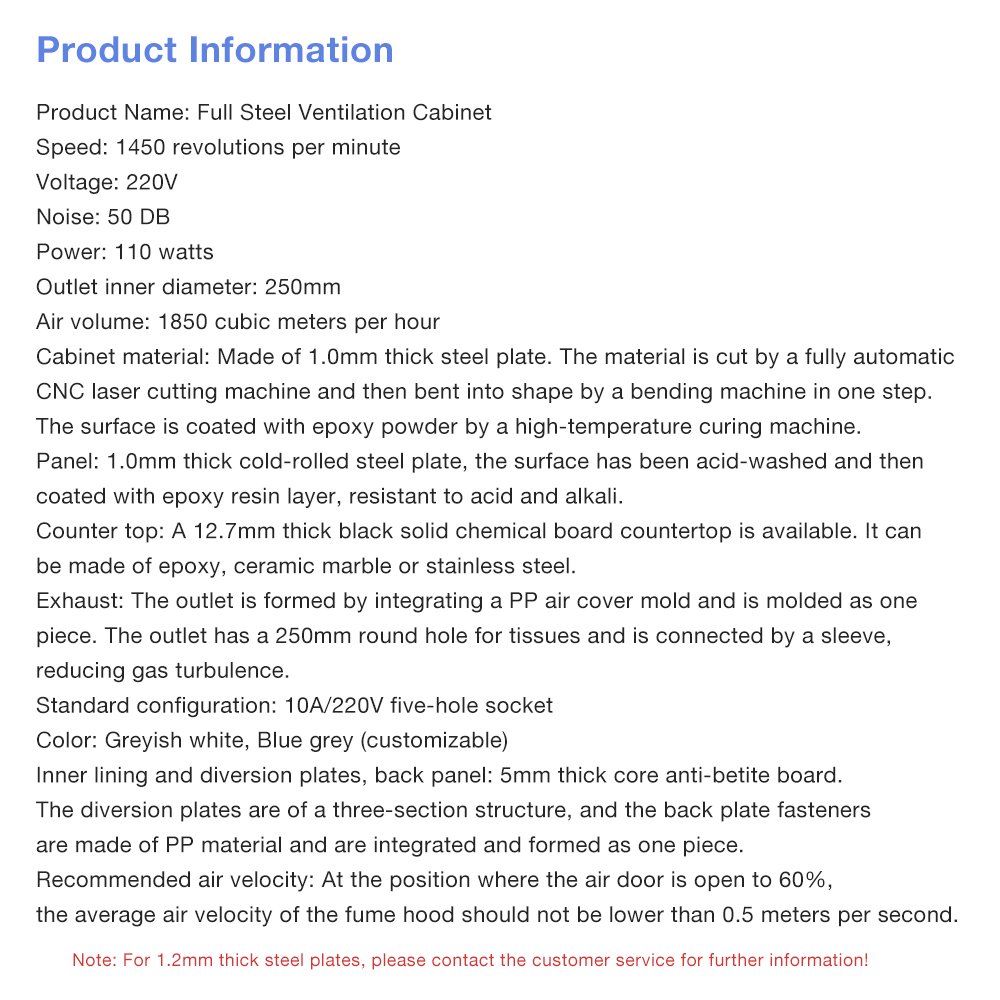Laboratory fume hood is a vital piece of safety equipment designed to protect users from exposure to hazardous fumes, vapors, gases, and dust. Functioning as a ventilated enclosure, it captures, contains, and exhausts contaminants away from the workspace, while also serving as a physical barrier against chemical spills or reactions.
The primary principle involves drawing room air through the hood’s face opening. This constant inward airflow prevents the escape of hazardous substances. The contaminated air is then either expelled outside the building via ductwork (in ducted models) or filtered and recirculated into the lab (in ductless/recirculating models). Key components include the sash (a movable window for access), the baffles (which direct airflow), and an exhaust fan.
Proper use is essential for effectiveness. This includes keeping the sash closed as much as possible, working at least six inches inside the hood, and ensuring regular maintenance and airflow checks. By providing a controlled environment, the fume hood is indispensable for maintaining a safe and compliant laboratory, safeguarding both personnel and research integrity.
